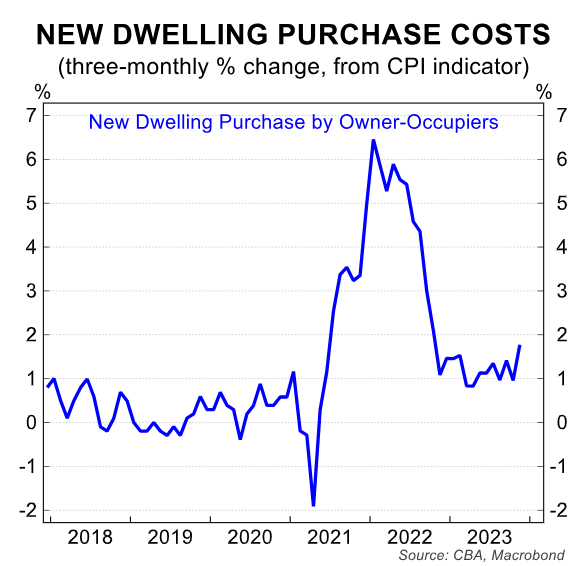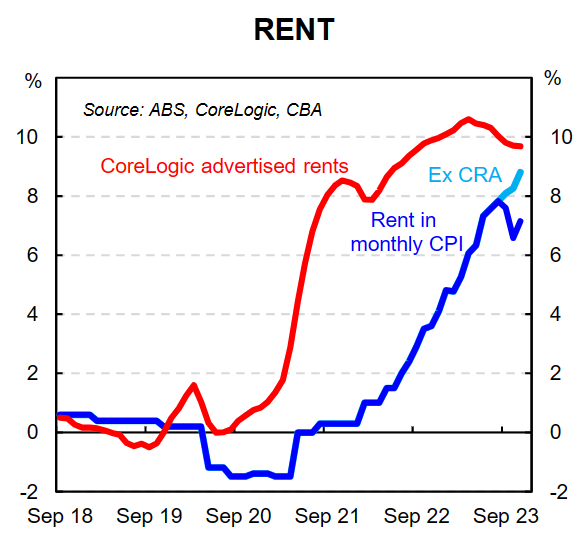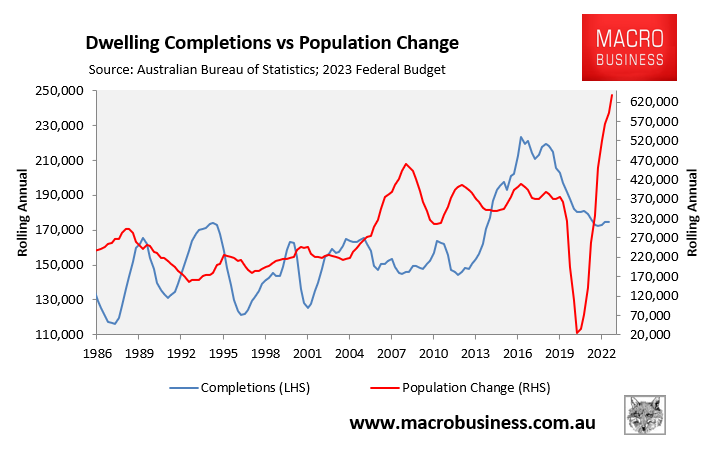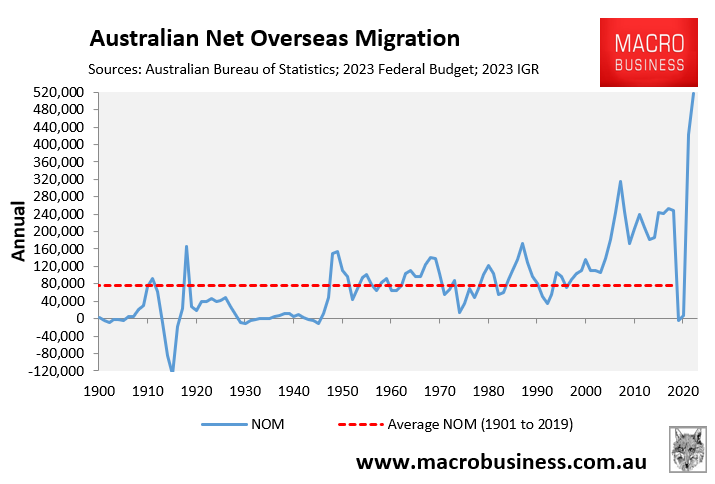This latest dwelling approvals data for November from the Australian Bureau of Statistics (ABS) were another sobering experience for anybody hoping for relief from Australia’s rental crisis.
Annual dwelling approvals nationally collapsed to their lowest rate since June 2013 with only 166,100 homes approved for construction:

The Housing Industry Association’s (HIA) chief economist, Tim Reardon, expects approvals for detached homes to keep falling during the first half of 2024:
“The low volume of building approvals throughout 2023 will see the volume of homes commencing construction continue to slow this year”, Reardon said via media release.
“Other leading indicators of activity in the housing market, such as new home sales and housing finance data, are also consistent with their confirmation of this projected slowdown”.
In turn, Reardon said this will make it hard to achieve the federal government’s revised target of building 1.2 million new homes over five years, which requires 240,000 per year to be constructed for five consecutive years.
“A continued fall in the number of new homes approved indicates a slow start to the Australian government’s ambition to build 1.2 million new homes in five years starting mid-2024”, concluded Mr Reardon.
Master Builders Australia (MBA) expects about 170,000 new home to be built in 2023-24.
“Today’s figures mean that just 945,554 new homes have been approved across Australia over the past five years”, MBA chief economist Shane Garrett said via media release.
“Master Builders has forecast that 2023-24 will see around 170,100 new homes built, well below the 240,000 needed per year to meet the 1.2 million housing accord targets”, he said.
MBA Deputy CEO, Shaun Schmitke, also raised alarm that rental and new home inflation continues to rise.
“New dwelling costs have also intensified, having risen by 5.5% over the past year”.

“A lack of enough new housing supply continues to impede our battle against inflation”.

“Inflation is a productivity killer. There is clearly a need for renewed urgency to tackle high costs and labour shortages in the building and construction industry”.
Earlier this week, several so-called property experts suggested the federal government should look at lifting the intake of skilled construction workers from overseas to help address the housing shortage.
Thankfully, SQM Research managing director Louis Christopher and AMP chief economist Shane Oliver talked sense, arguing that the solution to solving the housing shortage rests with moderating demand by freezing immigration into Australia.

Australia’s circular housing “supply” problem.
Shane Oliver also noted the circularity in the argument that Australia should bring in migrants to build homes for migrants.
“Yes, we need immigration to boost the supply of skilled workers, but we need to get the balance right here – at present we just seem to be chasing our tail relying on immigration to reduce labour shortages but then ending up with a chronic housing shortfall, which then leads to an argument that we need more immigrant workers to help boost housing supply”, Oliver told The AFR.
That is the nub of the problem right there. Australia’s housing shortage has been caused primarily by demand via immigration-driven population growth dwarfing supply:

The crisis will persist so long as the federal government continues to grow the population at a rate that is well beyond the nation’s ability to supply new homes and infrastructure.

Cut immigration to 150,000 a year or less, which is still historically high, and Australia’s housing shortage would evaporate.
None of this is rocket science.

